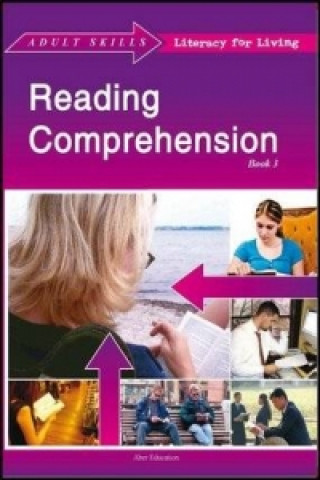
Kod: 04256974
Reading Comprehension
Autor Dr. Nancy Mills
Who is this resource for? This set of 30 short stories is designed to provide reading and comprehension material that is appropriate for adults who have literacy skills that do not allow them to be and/or feel successful in their ... więcej
- Język:
 Angielski
Angielski - Oprawa: Miękka
- ISBN-13: 9781842851012
Wydawca: GLMP Ltd, 2008
- Więcej informacji o książce

120.56 zł
Zwykle: 126.95 zł
Oszczędzasz 6.38 zł
Zobacz książki o podobnej tematyce
-
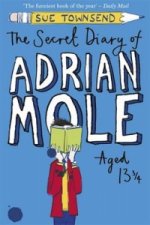
Secret Diary of Adrian Mole Aged 13 3/4
36.43 zł -26 % -
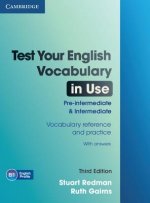
Test Your English Vocabulary in Use Pre-intermediate and Intermediate with Answers
98.88 zł -16 % -
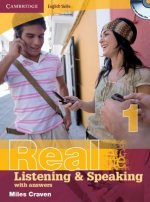
Cambridge English Skills Real Listening and Speaking 1 with Answers and Audio CD
149.38 zł -2 % -

Istanbul
52.20 zł -15 % -
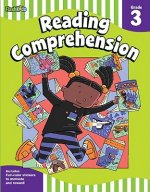
Reading Comprehension: Grade 3 (Flash Skills)
22.58 zł -23 % -
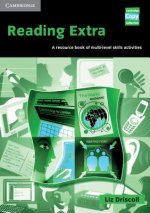
Reading Extra
212.82 zł -2 % -
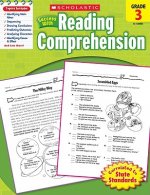
Scholastic Success With Reading Comprehension, Grade 3
38.84 zł -
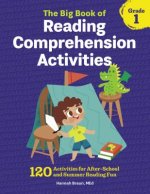
The Big Book of Reading Comprehension Activities, Grade 1: 120 Activities for After-School and Summer Reading Fun
65.55 zł -4 % -
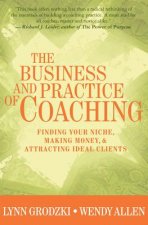
Business and Practice of Coaching
203.79 zł -
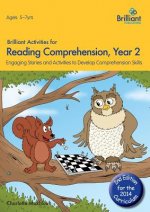
Brilliant Activities for Reading Comprehension, Year 2 (2nd Ed)
129.70 zł -
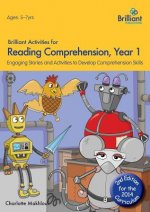
Brilliant Activities for Reading Comprehension, Year 1 (2nd Ed)
129.70 zł -
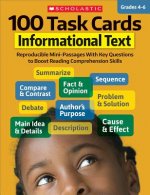
100 Task Cards: Informational Text: Reproducible Mini-Passages with Key Questions to Boost Reading Comprehension Skills
57.52 zł -5 % -
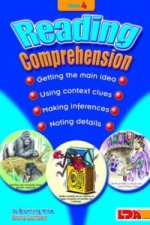
Reading Comprehension
35.93 zł -23 % -
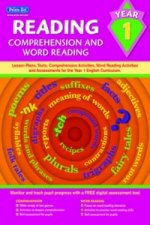
Reading - Comprehension and Word Reading
138.73 zł
Podaruj tę książkę jeszcze dziś
- Zamów książkę i wybierz "Wyślij jako prezent".
- Natychmiast wyślemy Ci bon podarunkowy, który możesz przekazać adresatowi prezentu.
- Książka zostanie wysłana do adresata, a Ty o nic nie musisz się martwić.
Powiadomienie o dostępności
Wpisz swój adres e-mail, aby otrzymać od nas powiadomienie,
gdy książka będzie dostępna. Proste, prawda?
Więcej informacji o Reading Comprehension
Za ten zakup dostaniesz 70 punkty
 Opis
Opis
Who is this resource for? This set of 30 short stories is designed to provide reading and comprehension material that is appropriate for adults who have literacy skills that do not allow them to be and/or feel successful in their everyday lives. A number of reasons account for the large number of adults in this category. Failure in school, a broken family, illness, negative life experiences, emigration, second language English and many other causes may have contributed to their situation. Most of these adults are aware of their needs. They also often lack confidence in their reading ability and wish to improve and further develop their literacy skills.This is hard to achieve by oneself, so many adults look for support. Seeking help is a huge step. Adults who seek help may have different motivations, including getting a job or moving up the job ladder. Or it may mean gaining independence in commonplace tasks such as sitting a driving exam, writing a grocery list, reading the newspaper or doing personal banking.A significant result of their efforts in literacy programs, in addition to increasing their reading skills, is the improvement of their self-image. They will be able to feel the effects in every part of their lives. How is the resource organized? The stories have been placed according to a continuum that gets gradually more difficult. The stories contain simple, repetitious words in sentences that are at first short but then increase in length through the resource. Each story is accompanied with a photo or graphic, and five comprehension questions.This resource is produced in the form of black line master worksheets. Ideas for using photocopiable worksheets are suggested at the end of this introduction. How is comprehension tested? The purpose of reading is for readers to gain information from the written word. It is possible to 'say' a word accurately but get no meaning or only a limited meaning from it. Therefore, checking the readers' understanding or comprehension of the text they have read is very important. Start by asking your students what the purpose of reading is. Many will answer with phrases such as 'learning to spell', or 'saying the words'. If necessary explain to them that the whole point of reading is to take the meaning out of the words that the writer put there.You might like to discuss the fact that it doesn't matter too much whether they read every word correctly, or whether they sound good when reading aloud. What matters is whether they take the meaning from the text. Ask the students how you will know that they have understood the text. They will come to realize that by answering the questions accurately, they are demonstrating that they have actually read the text, ie that they have understood the meaning behind the individual words. After your initial assessment of each of your students, you may find some of them need to start by discussing what the story is about, and even, in the early stages, by reading the story once or twice to them before they try reading it. Then, having read the story as many times as they feel they need to in order to understand the meaning, the students will complete the five comprehension questions that accompany that particular story.Questions test a variety of comprehension skills and go beyond basic recall. Most of the questions are literal, inferential or evaluative. Literal questions require the readers to be able to answer questions in the following formats: true/false, multiple choice, matching, sequencing, skimming and filling in the blanks. Inferential and evaluative questions require the reader to think beyond the words or to 'read between the lines', picking subtle clues that are not immediately obvious. These questions usually require the reader to write answers based on their understanding or opinion of the story, draw conclusions, make predictions, identify main ideas and use context to guess meaning. Some of the stories require the use of reference materials such as a dictionary, maps and diagrams.
 Szczegóły książki
Szczegóły książki
Kategoria Książki po angielsku Fiction & related items Fiction: special features Short stories
120.56 zł
- Pełny tytuł: Reading Comprehension
- Autor: Dr. Nancy Mills
- Język:
 Angielski
Angielski - Oprawa: Miękka
- EAN: 9781842851012
- ISBN: 1842851012
- ID: 04256974
- Wydawca: GLMP Ltd
- Waga: 274 g
- Wymiary: 296 × 220 × 15 mm
- Data wydania: 30. September 2008
Ulubione w innej kategorii
-
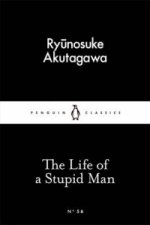
The Life of a Stupid Man
20.67 zł -
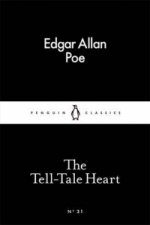
The Tell-Tale Heart
15.25 zł -23 % -
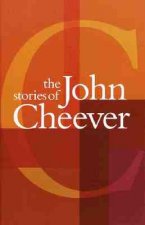
Stories of John Cheever
76.99 zł -14 % -

Dark Tales
47.18 zł -23 % -
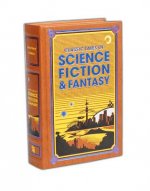
Classic Tales of Science Fiction & Fantasy
94.56 zł -15 % -

Close Range : Brokeback Mountain
48.78 zł -14 % -
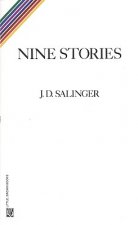
Nine Stories
45.47 zł -5 % -

Complete Short Stories
69.96 zł -14 % -
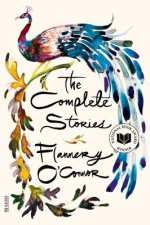
Complete Stories
85.52 zł -4 % -

Will You Please Be Quiet, Please?
48.78 zł -14 % -
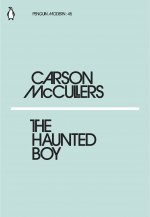
Haunted Boy
10.73 zł -23 % -

Dinosaurs on Other Planets
51.99 zł -10 % -
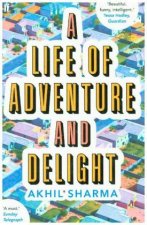
Life of Adventure and Delight
42.56 zł -23 % -
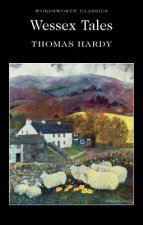
Wessex Tales
19.87 zł -23 % -
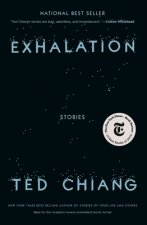
Exhalation
112.23 zł -15 % -
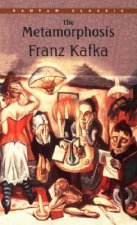
Metamorphosis
21.17 zł -26 % -

Someone Who Will Love You in All Your Damaged Glory
66.35 zł -14 % -
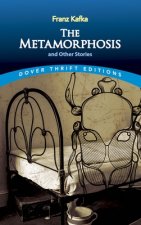
Metamorphosis and Other Stories
19.87 zł -23 % -

Metamorphosis
33.52 zł -23 % -

Mr Salary
24.49 zł -23 % -

Complete Stories Volume I
47.18 zł -23 % -
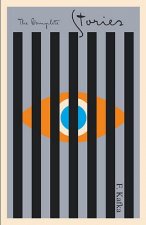
The Complete Stories
85.52 zł -4 % -
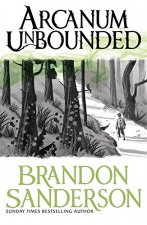
Arcanum Unbounded
52.20 zł -15 % -

Tales of Japan
88.44 zł -23 % -

To Build a Fire and Other Stories
36.23 zł -11 % -
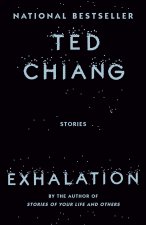
Exhalation
46.87 zł -14 % -

Investigations of a Dog
15.25 zł -23 % -

Complete Stories Volume II
40.15 zł -21 % -
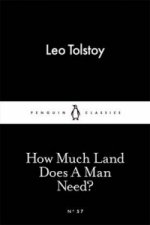
How Much Land Does A Man Need?
15.25 zł -23 % -

Gaza Writes Back
85.32 zł -5 % -

Overcoat and Other Short Stories
24.49 zł -23 % -

Haunted
39.04 zł -31 % -
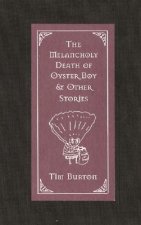
The Melancholy Death of Oyster Boy
97.17 zł -5 % -

Metamorphosis and Other Stories
42.56 zł -23 % -

Legends of the Fall
47.18 zł -23 % -

Complete Stories
61.03 zł -15 % -

Bad Behavior
48.78 zł -14 % -

Tinderbox
10.73 zł -23 % -

Exile and the Kingdom
47.18 zł -23 % -

Aleph and Other Stories
77.29 zł -5 % -

Sunvault
61.43 zł -5 % -

Palestine's Children
113.23 zł -
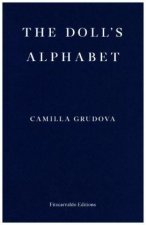
Doll's Alphabet
51.69 zł -23 % -
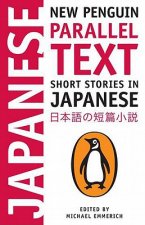
Short Stories in Japanese
48.78 zł -14 % -

Men Without Women
37.64 zł -26 % -

The Death of Ivan Ilyich & Other Stories
19.87 zł -23 % -
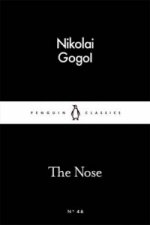
Nose
23.78 zł -

Delta of Venus
48.78 zł -14 % -

Nikki Heat Book Five - Deadly Heat: (Castle)
42.56 zł -23 %
zadowolonych klientów
Od roku 2008 obsłużyliśmy wielu miłośników książek, ale dla nas każdy był tym wyjątkowym.
Copyright! ©2008-24 libristo.pl Wszelkie prawa zastrzeżonePrywatnieCookies



 21 milionów książek
21 milionów książek Dostawa 10.99 zł
Dostawa 10.99 zł (32) 444 93 66 (8-15.30h)
(32) 444 93 66 (8-15.30h)